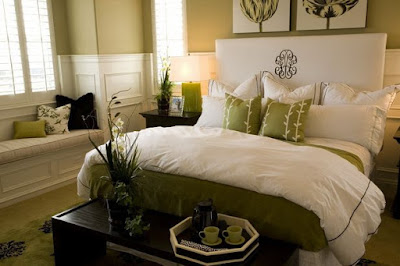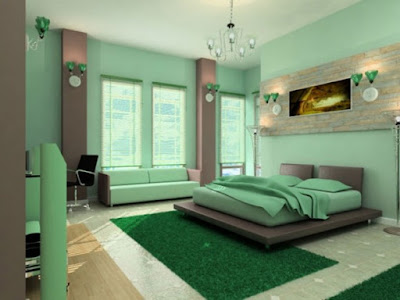How to Describe Space Using Interior Design Elements
Things You'll Need
- Thesaurus
Think about the element of line. Look at the lines in the room formed by the walls and ceiling. High ceilings usually mean there are more vertical lines than normal, giving the room a vertical feel. Describe the overall line in the room as either horizontal or vertical. There may also be curved lines and diagonal lines that add more interest in the room as it relates to the element of line.
Consider the element of form. Look at whether the lines in the room form a square room, a rectangular room, an oval room or any other shape. This is the form of the room. Sometimes a room can contain more than one form, such as an L-shaped room. Describe the room's form by looking at the predominant form of the room.
Take stock of the room's color. The color of the room is normally the easiest element to change if you don't like what color is already there. It's fairly easy to describe a room based upon its color, and don't forget to take into account whether the color is light, medium or dark, and whether it has tones of other colors mixed in. For example, blue can be blue green, indicating more yellow content, or have more red mixed in so that it tends toward purple.
Look carefully at the textures in the room. The element of texture is expressed through fabric choices for the room in the upholstered furniture, draperies or curtains, the walls and the wood furniture. The latter can be rough hewn or polished, highly finished wood, which are two very different textures. Descriptions of fabric texture can be nubby, smooth, silky or tweedy. Textures of walls can be described as rough, rustic, damaged or smooth. There are other textures in addition to the ones described here. Use the word that best describes the overall texture of the room.












Comments
Post a Comment